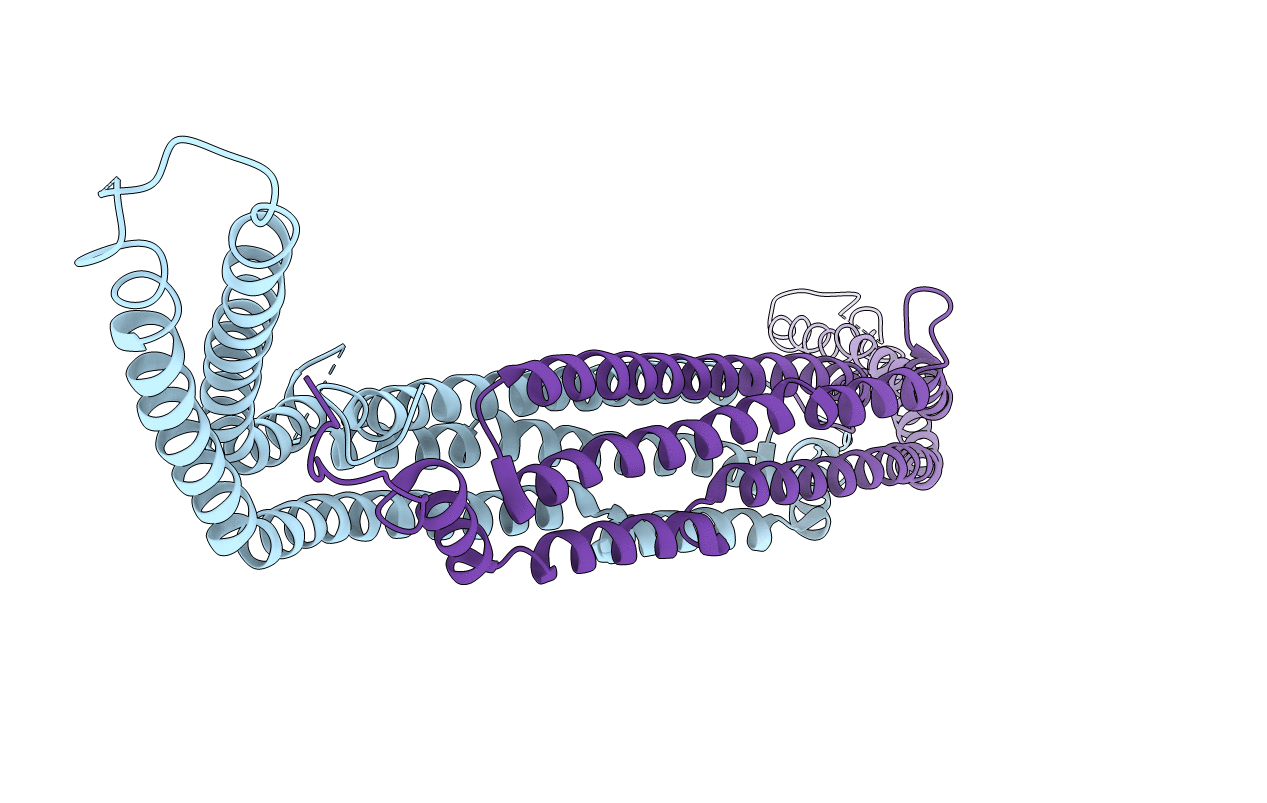
Deposition Date
2010-03-10
Release Date
2011-03-16
Last Version Date
2024-03-20
Method Details:
Experimental Method:
Resolution:
2.60 Å
R-Value Free:
0.28
R-Value Work:
0.23
R-Value Observed:
0.23
Space Group:
P 1 21 1


